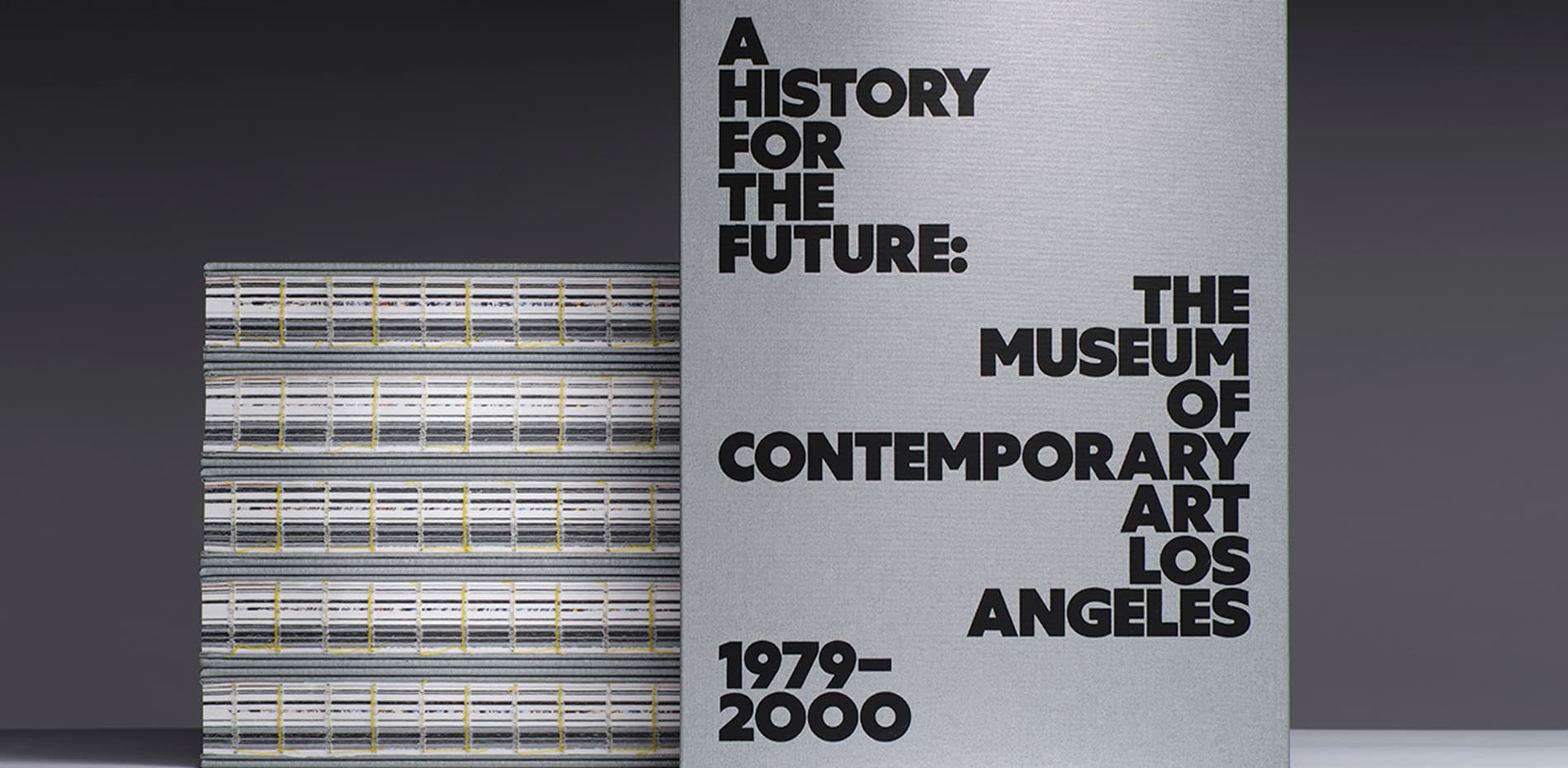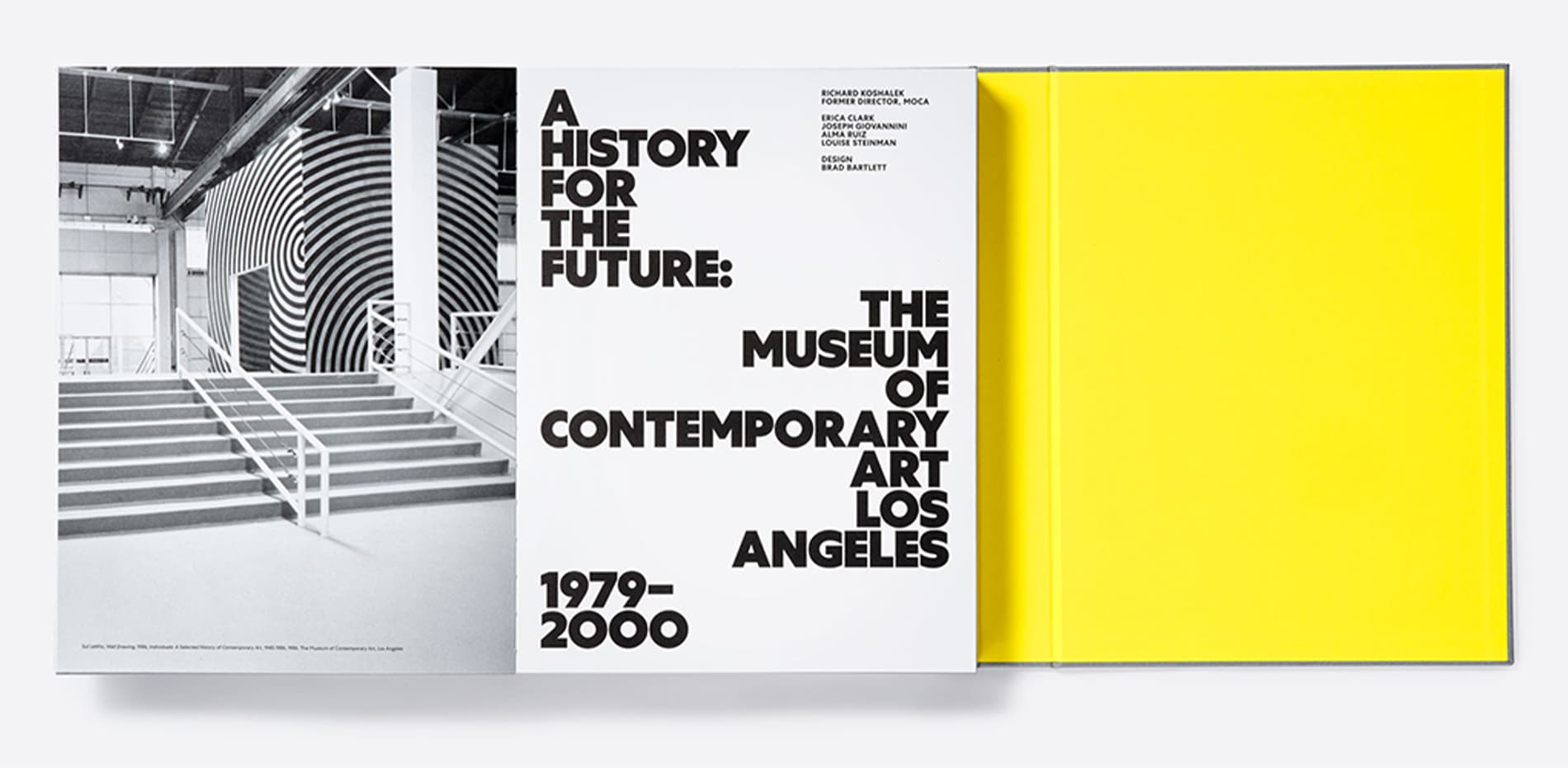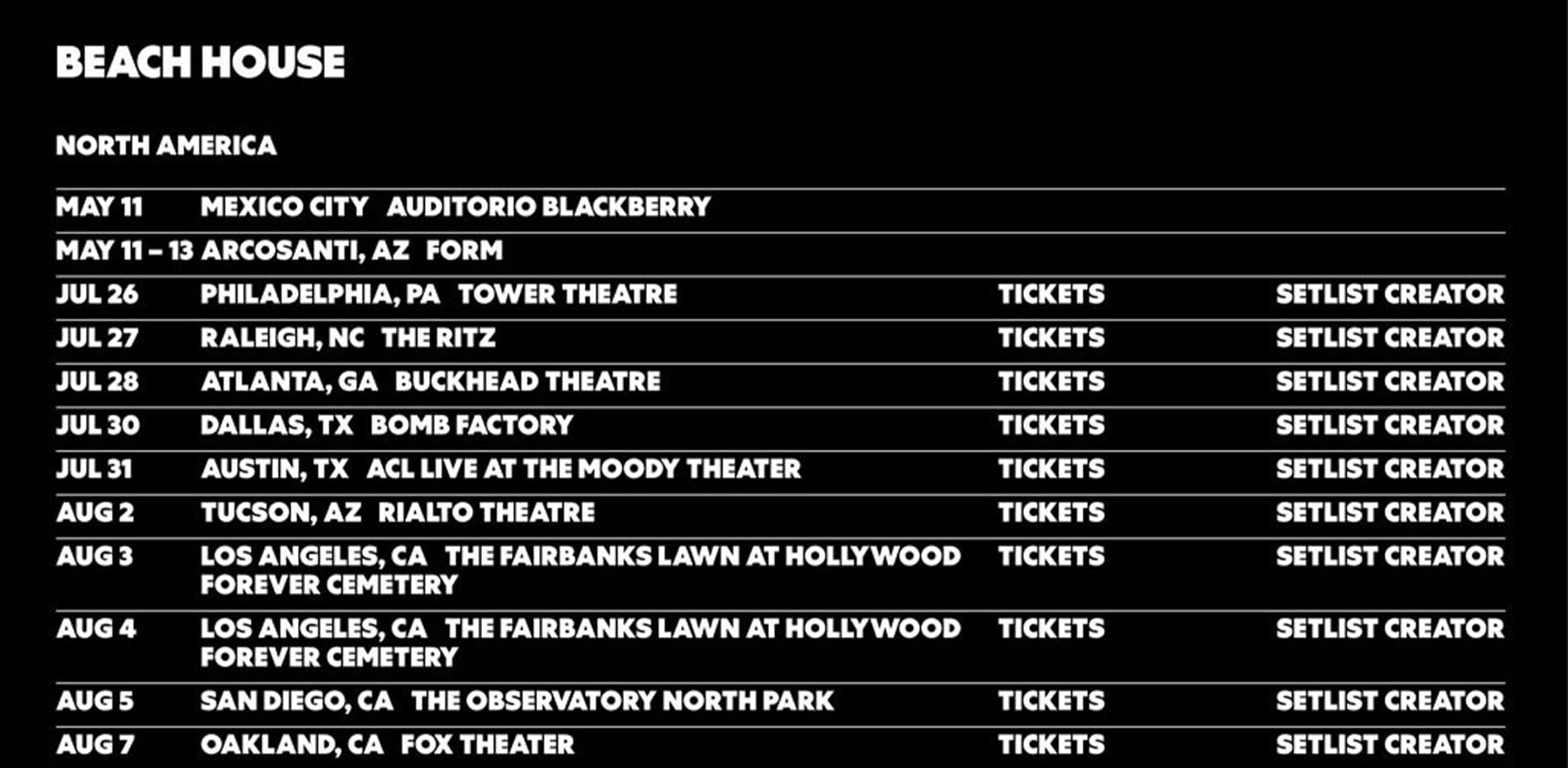Centra No.1
Composed of two parts, the Centra series shares a standard foundation of consistent characters between Centra No.1 and No.2. A small but consequential selection of differentiated characters give each version its own distinct nature. Centra No.1 embodies the more humanist half of the series, taking inspiration from the great British touchstones of the genre such as Gill Sans and Johnston’s New Rail Alphabet. Like these timeless models, Centra No.1 employs classic vertical sheers reminiscent of ancient roman capital construction, but within a geometric framework.
The angle between the vertical axis of the wheels and the vertical axis of the vehicle.
SSSSSSSS
These modifications done to the automobile can enable the body and wheels of the car to be electronically lifted off the ground, while being controlled by remote. With the added kit, this enables these automobiles to jump and hop, upwards of six feet from off the ground. Lowrider automobiles originated in Mexican American communities in Southern California. Car hydraulics were originally very expensive to have installed, and were only used to be shown at car shows. However, after WWII, more Mexican Americans were able to afford older, less expensive, automobiles.
In motor vehicles, the transmission generally is connected to the engine crankshaft via a flywheel or clutch or fluid coupling, partly because internal combustion engines cannot run below a particular speed. The output of the transmission is transmitted via the driveshaft to one or more differentials, which drives the wheels. While a differential may also provide gear reduction, its primary purpose is to permit the wheels at either end of an axle to rotate at different speeds.
Ragtop Convertible, or Targa.
With A Top That Can Be Either Lowered Or Removed.
Contemporary convertible design may include such features as electrically heated glass rear window (for improved visibility), seat belt tensioners, boron steel-reinforced A-pillars, front and side airbags, safety cage construction – a horseshoe like structure around the passenger compartment – and rollover protection structures (ROPS) with pyrotechnically charged roll hoops hidden behind the rear seats that deploy under rollover conditions whether the roof is retracted or not. The Volvo C70 retractable hardtop includes a door-mounted side-impact protection inflatable curtain which inflates upward from the interior belt-line – vs. downward like the typical curtain airbag.[10] The curtain has an extra stiff construction with double rows of slats that are slightly offset from each other.
The ball was painted black and white in hemispheres, and graphically showed the phase of the moon at a particular point in time. See also the Chinese South-pointing chariot. An equation clock that used a differential for addition was made in 1720. In the 20th Century, large assemblies of many differentials were used as analog computers, calculating, for example, the direction in which a gun should be aimed. However, the development of electronic digital computers has made these uses of differentials obsolete. Military uses may still exist, for example, for a hypothetical computer designed to survive an electromagnetic pulse. Practically all the differentials that are now made are used in automobiles and similar vehicles.
An engine is a device that burns or otherwise consumes fuel, changing its chemical composition, whereas a motor is a device driven by electricity, air, or hydraulic pressure, which does not change the chemical composition of its energy source. However, rocketry uses the term rocket motor, even though they consume fuel. A heat engine may also serve as a prime mover—a component that transforms the flow or changes in pressure of a fluid into mechanical energy. An automobile powered by an internal combustion engine may make use of various motors and pumps, but ultimately all such devices derive their power from the engine. Another way of looking at it is that a motor receives power from an external source, and then converts it into mechanical energy, while an engine creates power from pressure.
Most modern gearboxes are used to increase torque while reducing the speed of a prime mover output shaft (e.g. a motor crankshaft). This means that the output shaft of a gearbox rotates at a slower rate than the input shaft, and this reduction in speed produces a mechanical advantage, increasing torque. A gearbox can be set up to do the opposite and provide an increase in shaft speed with a reduction of torque. Some of the simplest gearboxes merely change the physical rotational direction of power transmission. Many typical automobile transmissions include the ability to select one of several gear ratios. In this case, most of the gear ratios (often simply called “gears”) are used to slow down the output speed of the engine and increase torque. However, the highest gears may be “overdrive” types that increase the output speed.


In British English: all-weather tourer, a four-door car, and for a two-door car drophead coupé were used for high-quality, fully enclosed versions of the body style known as the “convertible” in the United States.
Most modern gearboxes are used to increase torque while reducing the speed of a prime mover output shaft. This means that the output shaft of a gearbox rotates at a slower rate than the input shaft, and this reduction in speed produces a mechanical advantage, increasing torque. A gearbox can be set up to do the opposite and provide an increase in shaft speed with a reduction of torque. Some of the simplest gearboxes merely change the physical rotational direction of power transmission. Many typical automobile transmissions include the ability to select one of several gear ratios. In this case, most of the gear ratios (often simply called “gears”) are used to slow down the output speed of the engine and increase torque. However, the highest gears may be “overdrive” types that increase the output speed.
Conventional gear/belt transmissions are not the only mechanism for speed/torque adaptation. Alternative mechanisms include torque converters and power transformation (e.g. diesel-electric transmission and hydraulic drive system). Hybrid configurations also exist. Automatic transmissions use a valve body to shift gears using fluid pressures in conjunction with an ecm. Early transmissions included the right-angle drives and other gearing in windmills, horsepowered devices, and steam engines.
GGGGGGGG
Sport Tuned Suspension Coilovers To Alter The Handling Qualities Of A Particular Suspension Design;
In Europe, carburetor-engined cars were being gradually phased out by the end of the 1980s in favor of fuel injection, which was already the established type of engine on more expensive vehicles including luxury and sports models. EEC legislation required all vehicles sold and produced in member countries to have a catalytic converter after December 1992. This legislation had been in the pipeline for some time, with many cars becoming available with catalytic converters or fuel injection from around 1990. However, some versions of the Peugeot 106 were sold with carburettor engines from its launch in 1991, as were versions of the Renault Clio and Nissan Primera (launched in 1990) and initially all versions of Ford Fiesta range except the XR2i when it was launched in 1989. Luxury car manufacturer Mercedes-Benz had been producing mechanically fuel-injected cars since the early 1950s, while the first mainstream family car to feature fuel injection was the Volkswagen Golf GTI.
In Australia, some cars continued to use carburetors well into the 1990s; these included the Honda Civic (1993), the Ford Laser (1994), the Mazda 323 and Mitsubishi Magna sedans (1996), the Daihatsu Charade (1997), and the Suzuki Swift (1999). Low-cost commercial vans and 4WDs in Australia continued with carburetors even into the 2000s, the last being the Mitsubishi Express van in 2003. Elsewhere, certain Lada cars used carburetors until 2006. Many motorcycles still use carburetors for simplicity’s sake, since a carburetor does not require an electrical system to function.
Many times, since these batteries, pumps and valves were made for such large aircraft originally, extra batteries were needed to assist in the hydraulics. This would run the batteries down more often than the original usage for these batteries so, it was necessary for the owners of these automobiles to charge the automobile’s batteries more frequently. After using aircraft materials, liftgate trucks’ materials were found to be more manageable on the car as well as the maintenance of the car. These cylinders, two or more, are connected to one pipe that is filled with oil, the basic fluid used for a hydraulic system. The cylinders are used to compress enough pressure on the oil, fluid being supplied by the pump, to push the automobile up. The motion of car is defined by the amount of cylinder pumps installed in the vehicle. Depending on the amount and placement of the pumps, determines the range of motion the automobile has.
Boron steel-reinforced A-pillars, front and side airbags, safety cage construction – a horseshoe like structure around the passenger compartment – and rollover protection structures (ROPS) with pyrotechnically charged roll hoops hidden behind the rear seats that deploy under rollover conditions whether the roof is retracted or not. The Volvo C70 retractable hardtop includes a door-mounted side-impact protection inflatable curtain which inflates upward from the interior belt-line – vs. downward like the typical curtain airbag.[10] The curtain has an extra stiff construction with double rows of slats that are slightly offset from each other.
Two of the differential’s three shafts are made to rotate through angles that represent (are proportional to) two numbers, and the angle of the third shaft’s rotation represents the sum or difference of the two input numbers. The earliest known use of a differential gear is in the Antikythera mechanism, circa 80 BCE, which used a differential gear to control a small sphere representing the moon from the difference between the sun and moon position pointers. Electric motors convert electrical energy into mechanical motion; pneumatic motors use compressed air and clockwork motors in wind-up toys use elastic energy. In biological systems, molecular motors, use chemical energy to create forces and eventually motion.
The ball was painted black and white in hemispheres, and graphically showed the phase of the moon at a particular point in time. See also the Chinese South-pointing chariot. An equation clock that used a differential for addition was made in 1720. In the 20th Century, large assemblies of many differentials were used as analog computers, calculating, for example, the direction in which a gun should be aimed. However, the development of electronic digital computers has made these uses of differentials obsolete. Military uses may still exist, for example, for a hypothetical computer designed to survive an electromagnetic pulse. Practically all the differentials that are now made are used in automobiles and similar vehicles
This tube of woven material is stiffer and stays inflated longer than a traditional airbag cushion. The tube protects the occupant’s head and torso in a side impact, in part by keeping them away from the point of intrusion. The uninflated tube is tucked into the edge of the roof headliner. The tube is attached at the base of the A-pillar in front of the occupant, and at the roofline behind the occupant. When it inflates, the tube angles across the window to keep the occupants head from hitting the window glass or metal side pillar.
The basic job of an engine is to take fuel and convert its energy to some usable mechanical form (burn gasoline to spin a shaft and, ultimately, the wheels). Usually made from alloy & block. Its Cubic Capacity number [cc] represents the interior fuel space within it. The higher cc# the greater power it generates. Most vehicles today are fitted with what is known as a 4-cycle internal combustion engine. The four cycles are: Intake, Compression, Power, Exhaust.
Braking systems which sense wheel rotation and automatically “pump” the brakes for the driver in emergency braking conditions. The pumping and the prevention of wheel lockup allow the driver to retain steering capabilities during the braking emergency. Any Fool purchasing a vehicle with such a system would be well advised to insist on the dealership demonstrating the proper use and maintenance of it. Most of these systems work when the driver applies heavy, constant braking pressure, and do not work properly if the driver “pumps” the brakes as he may have been previously taught.
Centra No.1, the humanist edition of the Centra series, employs classic vertical sheers reminiscent of ancient roman capital construction. Centra No.2, the more modernist geometric of the series, ends its curvilinear terminals with diagonal shears and smooth tapering.

